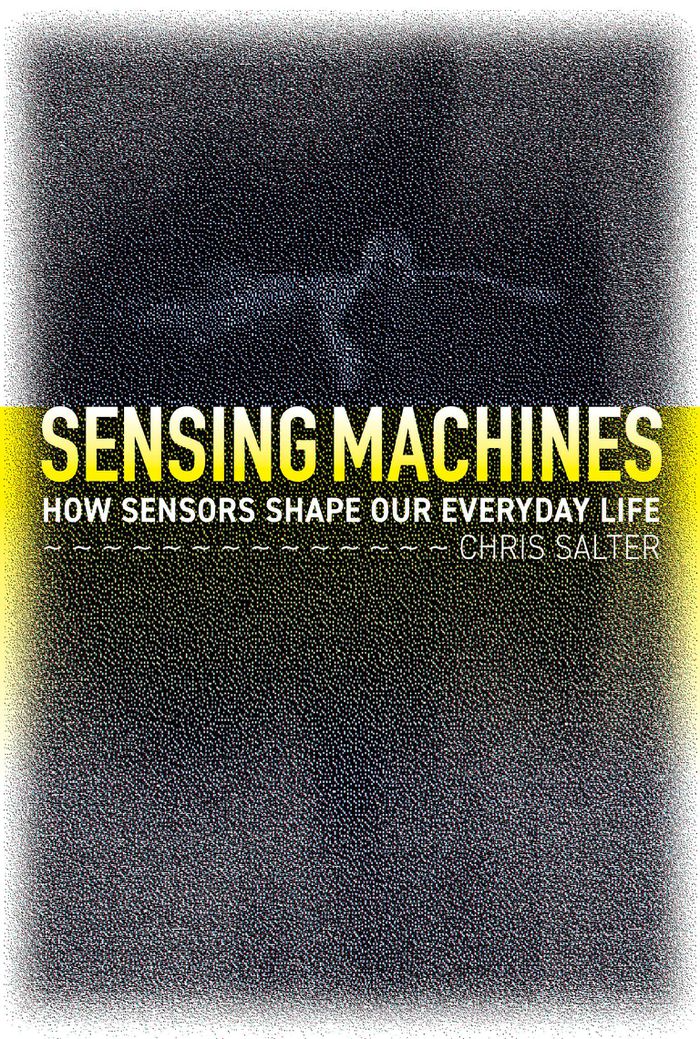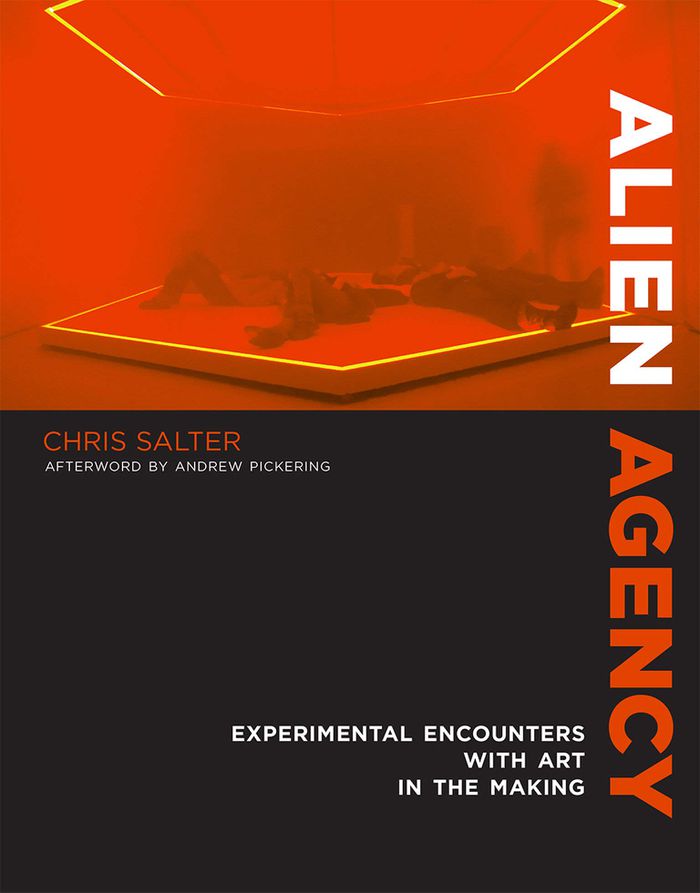$39.95
(available to order)
Summary:
Sensing machines are everywhere in our world. As we move through the day, electronic sensors and computers adjust our thermostats, guide our Roombas, count our steps, change the orientation of an image when we rotate our phones. There are more of these electronic devices in the world than there are people—in 2020, thirty to fifty billion of them (versus 7.8 billion(...)
Sensing machines: How sensors shape our everyday life
Actions:
Price:
$39.95
(available to order)
Summary:
Sensing machines are everywhere in our world. As we move through the day, electronic sensors and computers adjust our thermostats, guide our Roombas, count our steps, change the orientation of an image when we rotate our phones. There are more of these electronic devices in the world than there are people—in 2020, thirty to fifty billion of them (versus 7.8 billion people), with more than a trillion expected in the next decade. In ''Sensing machines,'' Chris Salter examines how we are tracked, surveilled, tantalized, and seduced by machines ranging from smart watches and mood trackers to massive immersive art installations.
Critical Theory
$54.00
(available to order)
Summary:
In ''Alien agency,'' Chris Salter tells three stories of art in the making. Salter examines three works in which the materials of art—the ''stuff of the world''—behave and perform in ways beyond the creator's intent, becoming unknown, surprising, alien. Studying these works—all three deeply embroiled in and enabled by science and technology—allows him to focus on practice(...)
Alien agency: Experimental encounters with art in the making
Actions:
Price:
$54.00
(available to order)
Summary:
In ''Alien agency,'' Chris Salter tells three stories of art in the making. Salter examines three works in which the materials of art—the ''stuff of the world''—behave and perform in ways beyond the creator's intent, becoming unknown, surprising, alien. Studying these works—all three deeply embroiled in and enabled by science and technology—allows him to focus on practice through the experiential and affective elements of creation. Drawing on extensive ethnographic observation and on his own experience as an artist, Salter investigates how researcher-creators organize the conditions for these experimental, performative assemblages—assemblages that sidestep dichotomies between subjects and objects, human and nonhuman, mind and body, knowing and experiencing. Salter reports on the sound artists Bruce Odland and Sam Auinger (O+A) and their efforts to capture and then project unnoticed urban sounds; tracks the multi-year project TEMA (Tissue Engineered Muscle Actuators) at the art research lab SymbioticA and its construction of a hybrid ''semi-living'' machine from specially grown mouse muscle cells; and describes a research-creation project (which he himself initiated) that uses light, vibration, sound, smell, and other sensory stimuli to enable audiences to experience other cultures' ''ways of sensing.'' Combining theory, diary, history, and ethnography, Salter also explores a broader question: How do new things emerge into the world and what do they do?
Critical Theory

